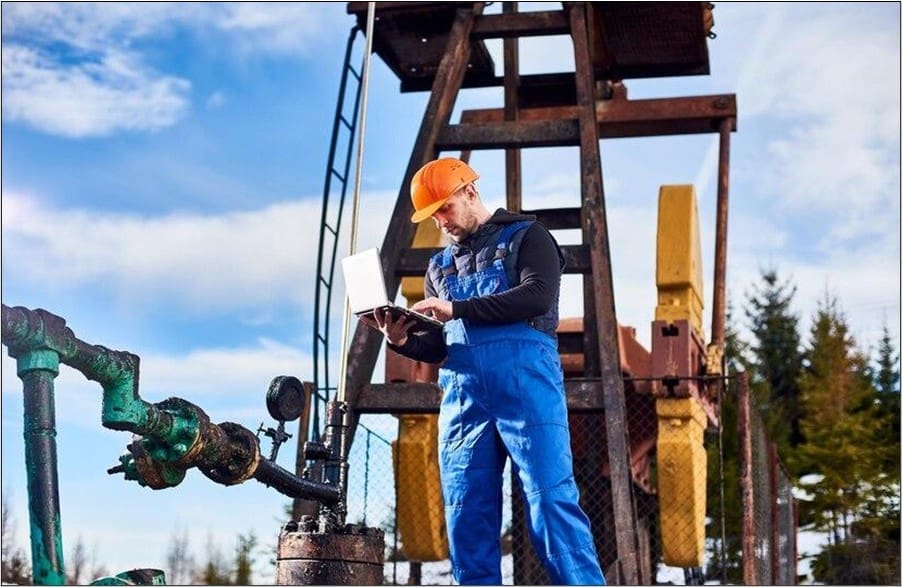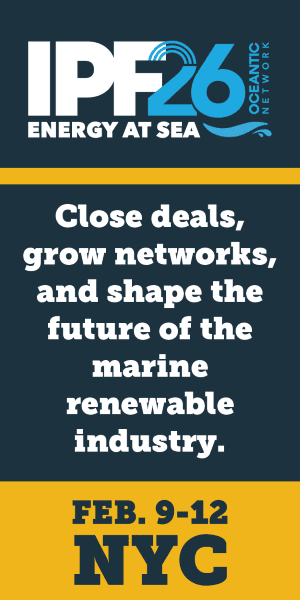In today’s oil and gas landscape, aging infrastructure and increased regulatory scrutiny are pushing operators to reevaluate how they manage the end of a well’s life. Plugging and abandonment, once considered an afterthought, are now central to risk management and long-term profitability. But for many operators, especially those managing legacy or lower-producing assets, navigating asset retirement isn’t just a technical challenge. It’s a strategic one. Taking a smarter, more structured approach to decommissioning can save costs, reduce liability, and improve stakeholder confidence.
The Current Landscape of Asset Retirement
Across the U.S., particularly in mature basins like the Rockies and Midcontinent regions, thousands of wells are approaching or past their productive life. The pressure to decommission these wells responsibly is growing:
- Regulatory agencies are tightening oversight, demanding detailed documentation and stricter plugging standards.
- Environmental stakeholders expect transparency, especially around methane emissions and groundwater protection.
- Investors and acquirers are increasingly sensitive to abandonment liabilities when evaluating asset portfolios.
The reality? A reactive approach to asset retirement waiting until a well is shut in or becomes a compliance issue often leads to higher costs, rushed decisions, and operational inefficiencies.
Common Challenges Faced by Operators
Even the most experienced teams face hurdles when managing asset retirement programs. These include:
- Legacy Data Gaps: Old well files may lack casing diagrams, cement records, or location information.
- Limited Internal Resources: Small and mid-sized operators often lack the in-house staff to manage complex decommissioning projects.
- Evolving Regulations: State-level plugging requirements vary widely and frequently change.
- Vendor Management: Coordinating multiple service providers—rigs, wireline, cementing, trucking—can cause delays and unexpected costs.
Left unaddressed, these challenges can compound quickly and lead to noncompliance, budget overruns, and strained field teams.
The Case for Specialized Support
Many operators now turn to consultants or third-party firms for support with asset retirement. This isn’t about outsourcing to offload responsibility it’s about bringing in targeted expertise to do the job right.
When is it time to bring in a specialist?
- You’re acquiring or divesting assets with unclear retirement obligations
- Your internal team is focused on production and can’t spare resources
- Regulatory deadlines or bonding requirements are looming
- You’re managing low-margin assets where cost control is critical
The specific team not only streamlines the execution, but also brings insight into regulator navigation, sellers coordination and cost forecast. Compared to the full -time employees, the project -based consultation often appears to be more smooth and cost -education, especially for operators who manage scattered or low income wells.
What to Look for in an Asset Retirement Partner
Not all consultants are created equal. Choosing the right support can make or break your program. Look for:
- Proven Track Record: Experience with the type of wells, formations, and regulatory bodies relevant to your project
- End-to-End Services: From well file reviews and engineering plans to field supervision and reporting
- Local Knowledge: Familiarity with local service providers, terrain, and agency personnel
- Safety and Environmental Compliance: A solid reputation backed by real-world performance metrics
The goal isn’t just to plug a well it’s to reduce long-term liability, maintain operational integrity, and leave a positive impression with stakeholders.
Making the Most of Consulting Support
To ensure a successful engagement with an asset retirement consultant:
- Consolidate Your Data: Provide well files, production history, and past workovers upfront.
- Clarify Objectives: Whether it’s lowest cost, fastest timeline, or regulatory optimization—set expectations early.
- Stay Involved: Treat consultants as partners. Regular check-ins and shared metrics keep projects aligned.
Many operators are surprised at how much efficiency and clarity a seasoned team can bring to the table—especially when juggling multiple assets or dealing with legacy obligations.
Conclusion
The future of oil and gas production is not just about bringing new wells online, it is also about how much responsibility and skill we retire. With increasing pressure from regulators, investors and communities, it is never more important to link to retirement with strategy and foresight. Partnership with the right team can help operators focus on compliance, control costs and core production.
That’s where Oil and Gas Consulting makes a difference providing smart, customized support that aligns with the realities of today’s operating environment.





